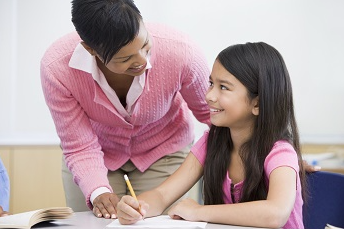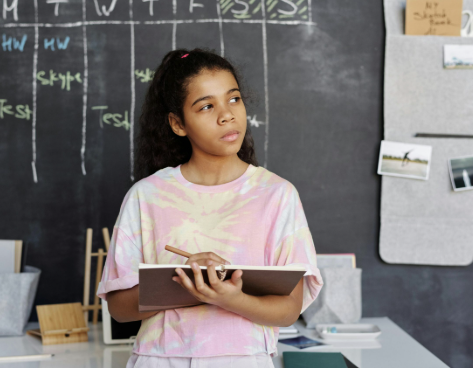In classrooms across the world, personalized learning is proving to be an effective and inclusive approach for students of every age. Whether a child is starting their academic journey in elementary school or a young adult is preparing for college or career paths, personalized learning offers adaptable strategies that meet learners where they are. In 2025, this flexible model continues to empower students by honoring their individual pace, interests, and goals.
Tailored Learning for Every Stage of Growth
Personalized learning is not limited by age or grade level. Instead, it adapts to the evolving needs of learners throughout their educational journey:
- Elementary Students benefit from choices in learning activities, visuals, and hands-on experiences that build foundational skills and curiosity.
- Middle School Students gain independence through goal setting, collaborative projects, and self-paced assignments that promote critical thinking.
- High School Students use personalized learning to explore career interests, engage in real-world projects, and take ownership of their academic progress.
- Adult Learners value flexibility and relevance, benefiting from personalized pathways that support career advancement, certification, or personal growth.
Key Reasons Personalized Learning Works for All Ages
- Flexibility to Match Developmental Needs
Learners grow at different rates. Personalized learning respects that growth by allowing students to move forward when ready and revisit concepts when needed. - Choice Encourages Engagement
From selecting topics to deciding how to show learning, students of all ages become more invested when given voice and choice in their education. - Promotes Lifelong Learning Habits
Personalized learning nurtures skills such as goal setting, time management, and self-reflection—habits that benefit students long after graduation. - Supports Diverse Learning Styles
Visual, auditory, kinesthetic, and reading/writing preferences can be accommodated, helping students connect with content more meaningfully. - Builds Confidence and Autonomy
When students see that their learning path is unique to them, it boosts self-esteem and encourages personal responsibility.
Adapting Personalization to Each Age Group
- Younger Learners need more structure and guidance, with frequent check-ins and visual cues to support decision-making.
- Older Students benefit from digital tools, peer collaboration, and open-ended tasks that promote independence.
- Adult Learners often prefer flexible schedules, practical content, and opportunities to apply learning directly to real-life situations.
A Universal Approach to Inclusive Learning
One of the greatest strengths of personalized learning is its adaptability. It can be scaled up or down to meet the developmental and academic needs of any learner. Schools, community centers, and online platforms have all embraced personalized models to better support engagement and achievement at every stage of life.
Looking Ahead
In 2025 and beyond, education systems that embrace personalized learning are better positioned to support success across all age groups. By putting students at the center of the learning process, we create inclusive environments that celebrate progress, spark curiosity, and prepare learners for a lifetime of growth.
Personalized learning is more than a trend—it’s a practical, proven method that honors the individuality of every learner, no matter their age.














